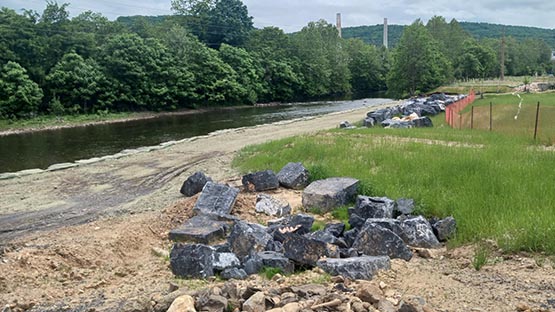
The industrial radiography is used to identify whether there are internal or external discontinuities in industrial components. In this way, it is possible to analyze in depth whether a part is in ideal conditions for its use and operation through x-ray electronics.
Pcb inspection parts
The electronics industry has developed high-density components and devices that lack traditional terminals (Leadless Devices), to be welded and that we cannot see with the naked eye. Integrated circuits with encapsulation type BGA, LGA, QFN, etc., have their connection pads located under the body of the component, making it impossible to inspect their welds using visual or automatic image analysis (AOI) methods.
Using this technology, it allows us to visualize the errors in the welds of said components, as illustrated in the following figure, to adjust the parameters of the processes that lead to the prevention of these defects or, if they are occasional, carry out the repair of the case.
Auto parts
Industrial radiography is a type of non-destructive testing that uses ionizing electromagnetic radiation beams to analyze and inspect parts and structures and is performed for both base materials and welds.
This type of NDT is used to look for internal defects in parts. Such as detecting discontinuities, variations in the internal structure or in the physical configuration.
Thanks to industrial radiography we obtain an image of the internal structure of the piece to be inspected. High energy radiation allows us to obtain the best quality image. For this we use both X- rays and Gamma rays depending on the type of material and thickness.
This type of testing allows us to ensure the quality of the inspected products. Ensuring that there is no type of discontinuity or defect inside the piece.
Welds parts
x ray welding test process implemented in an X-ray machine to automatically diagnose faulty welds on critical components on a card. It is scanned by capturing its radiographic images, to continue later with the analysis of the welds of the BGA, QFN and QFP components, and ending with the issuance of a report of the results, thus certifying the state of the welds.
The analysis of a weld using this procedure is based on the evaluation of the gray scale that the produced image presents, in its joints with the encapsulation pads and the printed circuit. This analysis can be done manual or automatic, taking this last procedure the name of AXI (Automatic X Ray welding Inspection) and that using special algorithms of analysis of the captured images, determines the real state of a defective weld or with a high risk of failure during the process. lifetime of the card.
Lithium battery inspection
The use of the machine X-ray, the transmission principle and the inception of lithium Battery is defined here.
The machine is widely used in battery, SMT, LED, electronic product manufacturing and foundry, processing industries. Customers can easily get the image with high quality, large magnification and high resolution effectively analyzing internal defects of the product. The machine can detect small differences in density and gray, with excellent image quality and high contrast.
We can call this x-ray machine an x-ray on wheels. Motion devices equipped with ball screw and synchronous wheel, make the movement smoother and steadier. Performance characteristics measure the distance in a straight line, diameter circle, concentric circles, the distance between a point and the center of the circle. Automatic system of moving to the destination area and testing whether the user clicks the mouse anywhere on the image of a product. CNC functions: the user can set the route, the machine automatic classification NG product. It is suitable for small batches and repeat testing.
Inclusion
Industrial radiography is a type of nondestructive testing. A type of essay that has evolved a lot in recent years. New techniques have been introduced that have revolutionized the entire field of industrial radiography. Like other Non-Destructive Testing, industrial radiography does not cause any type of change or permanent damage to the piece analyzed. Something that it shares in common with tests such as ultrasonic inspection or magnetic particle inspection.
Story by Segun Ogunbiyi










